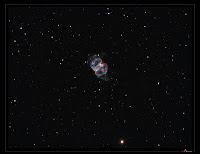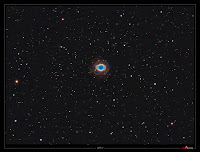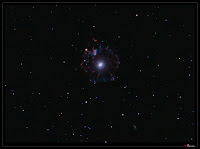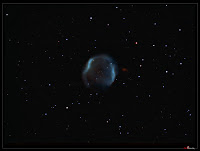COPYRIGHT, PLEASE NOTE
All the material on this website is copyrighted to J-P Metsavainio, if not otherwise stated. Any content on this website may not be reproduced without the author’s permission.
BUY A MUSEUM QUALITY POSTER
BUY A POSTER:https://astroanarchy.zenfolio.com/
Friday, February 18, 2011
APOD
![[nasa-large.jpg]](https://blogger.googleusercontent.com/img/b/R29vZ2xl/AVvXsEhnPTKmnidt6gHuVkChO_MPYTqp2lSu-Tr0If3ey1qfJxF9BJpDhG8wIWnxo86hb3vT5OYKiznVUminjBaRRat99o70A1ODvDjHEDHpKGWYCsnjn-WFYunaGVPsfXiizriH0upX9hbpNWs/s1600/nasa-large.jpg)
-
My Planetary Nebula poster was selected as an "Astronomy Picture of the Day" by the NASA. You can see the NASA page here: http://apod.nasa.gov/apod/ap110218.html
-
This was my Third APOD, previous ones can be seen here:
http://apod.nasa.gov/apod/ap090131.html
http://apod.nasa.gov/apod/ap090131.html
Note! There is now a Gray circle, size of the full Moon, as a scale.
I made this poster to show and understand relative sizes of the nebulae. All Planetary Nebulae in this image are in same scale. Each individual image covers an area of 20' horizontally. (~0,3 degrees) and
they are in "natural" colors, mixed from the narrowband channels. By a following method:
Natural color composition from the emission of ionized elements, R=80%Hydrogen+20%Sulfur, G=100%Oxygen and B=85%Oxygen+15%Hydrogen to compensate otherwise missing H-beta emission. This composition is very close to a visual spectrum.
I have made a similar poster out of supernova remnants as well, you can see it from here:http://astroanarchy.blogspot.com/2011/02/supernova-remnant-poster.html
I have made a similar poster out of supernova remnants as well, you can see it from here:http://astroanarchy.blogspot.com/2011/02/supernova-remnant-poster.html
All images, except NGC 6302 (Bug Nebula), are shot from my urban observatory in very centrum of city Oulu. NGC 6302 was shot with a remote telescope, 16" RCOS, from Australia.
All of the images are Planetary Nebulae.
Planetary nebulae are shells of gas, shed by stars late in their life cycles after using up all of their nuclear fuel. The gas is illuminated and ionized by its extremely hot central star, a core left from the original star.
Our own star, the Sun, is expected to undergo the same process in a couple of billion years.
Images, from top Left to a bottom Right
Click thumbnails for large images, technical data behind links
Click thumbnails for large images, technical data behind links
M27, the "Dumbbell Nebula":
M76, the "Little Dumbbell Nebula":
http://astroanarchy.blogspot.com/2010/11/m-76-little-dumbbell-nebula.html

PK 164+31.1, Jones-Emberson 1:

PK 164+31.1, Jones-Emberson 1:
M57, the "Ring Nebula":
http://astroanarchy.blogspot.com/2010/10/m57-ring-nebula-project-finalized.html

Sh2-188:
http://astroanarchy.blogspot.com/2010/11/sh2-188-project-finalized.html
NGC 6543, the "Cat's Eye Nebula":
http://astroanarchy.blogspot.com/2010/10/m57-ring-nebula-project-finalized.html

Sh2-188:
http://astroanarchy.blogspot.com/2010/11/sh2-188-project-finalized.html
NGC 6543, the "Cat's Eye Nebula":
http://astroanarchy.blogspot.com/2011/01/cats-eye-nebula-reprocessed.html

Sh2-274, the "Medusa Nebula":
http://astroanarchy.blogspot.com/2011/02/medusa-nebula-sh2-271-project-finalized.html
Jones 1:
http://astroanarchy.blogspot.com/2010/11/jones-1-extreme-dim-planetary-nebula.html

NGC 6302, the "Bug Nebula":

Sh2-274, the "Medusa Nebula":
http://astroanarchy.blogspot.com/2011/02/medusa-nebula-sh2-271-project-finalized.html
Jones 1:
http://astroanarchy.blogspot.com/2010/11/jones-1-extreme-dim-planetary-nebula.html

NGC 6302, the "Bug Nebula":
Labels:
publications
Subscribe to:
Post Comments (Atom)















No comments:
Post a Comment